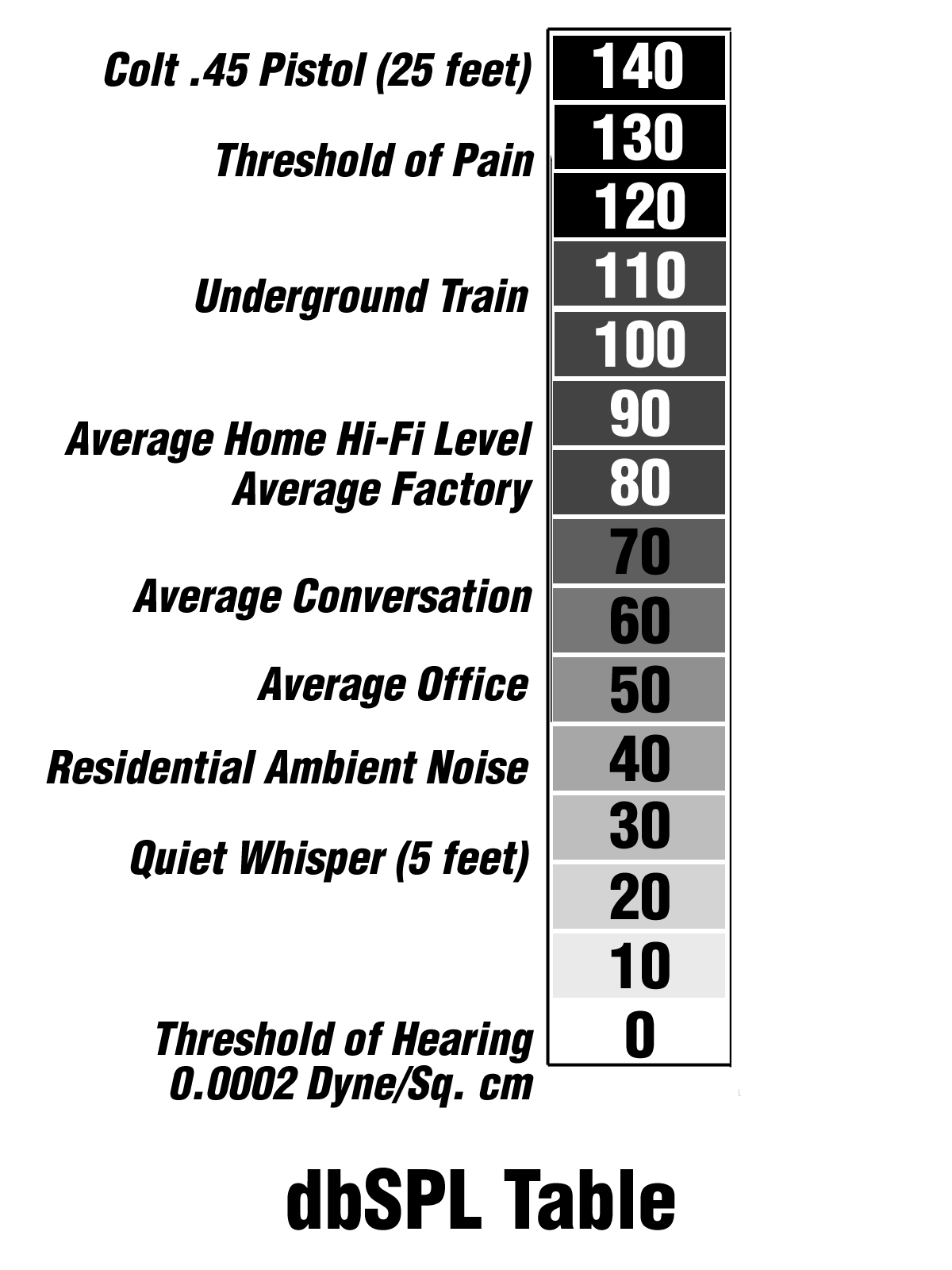|
|
 |
||||
|
We have covered input devices and signal processing, getting an acoustic sound wave into electrical energy and subsequently manipulating it. But how does it come out? For the recording professional, the final medium is magnetic tape or magneto-optical disc; for those in sound reinforcement, we need to concentrate on loudspeakers and their cohorts, amplifiers. Making it loud Amplifiers are by definition electronic devices that take an existing electrical signal and make it bigger €” hence the name, "amplifiers." Amplifiers exist in all sorts of electronic circuits, from the internal devices within some microphones to the input channel on a mixing desk, but the really big ones, called power amplifiers, take an analogue line-level audio signal and convert it to something that can properly cause a loudspeaker to physically vibrate, and thus, make noise. An analogue line-level audio signal is usually measured on the order of milli volts, which is nowhere near enough power Ideally, the amplifier shall not introduce any variations into the audio waveform; that is to say, a comparison of the input signal and the output signal of an amplifier should be exact except in terms of amplitude the amplifier makes the hills and valleys of an amplitude-versus-time graph bigger, but the waveform shape should not change. That is the scientific ideal, at least, but in the real world amplifiers can add slight variances to the audio signal. We call any signal not present in the original input signal distortion, which can take many forms. Harmonic distortion is introduced into an audio system most often when an input signal overloads a given component, resulting in clipping. An electronic component has certain parameters under which it operates to its maximum potential; operate the component at levels below that threshold and one runs the risk of unnecessarily increasing the noise floor; operate the component at levels above that threshold and one is in danger of clipping the waveform. Audio signals, as we know, are sinusoidal in nature; when they are input to a component at a high level, the lovely peaks of the waveform are then flattened because the component cannot handle viewed graphically, the peaks are clipped off, resulting in a high-energy solid line. Health warning Listening to loud sounds can damage your hearing
|
||||
